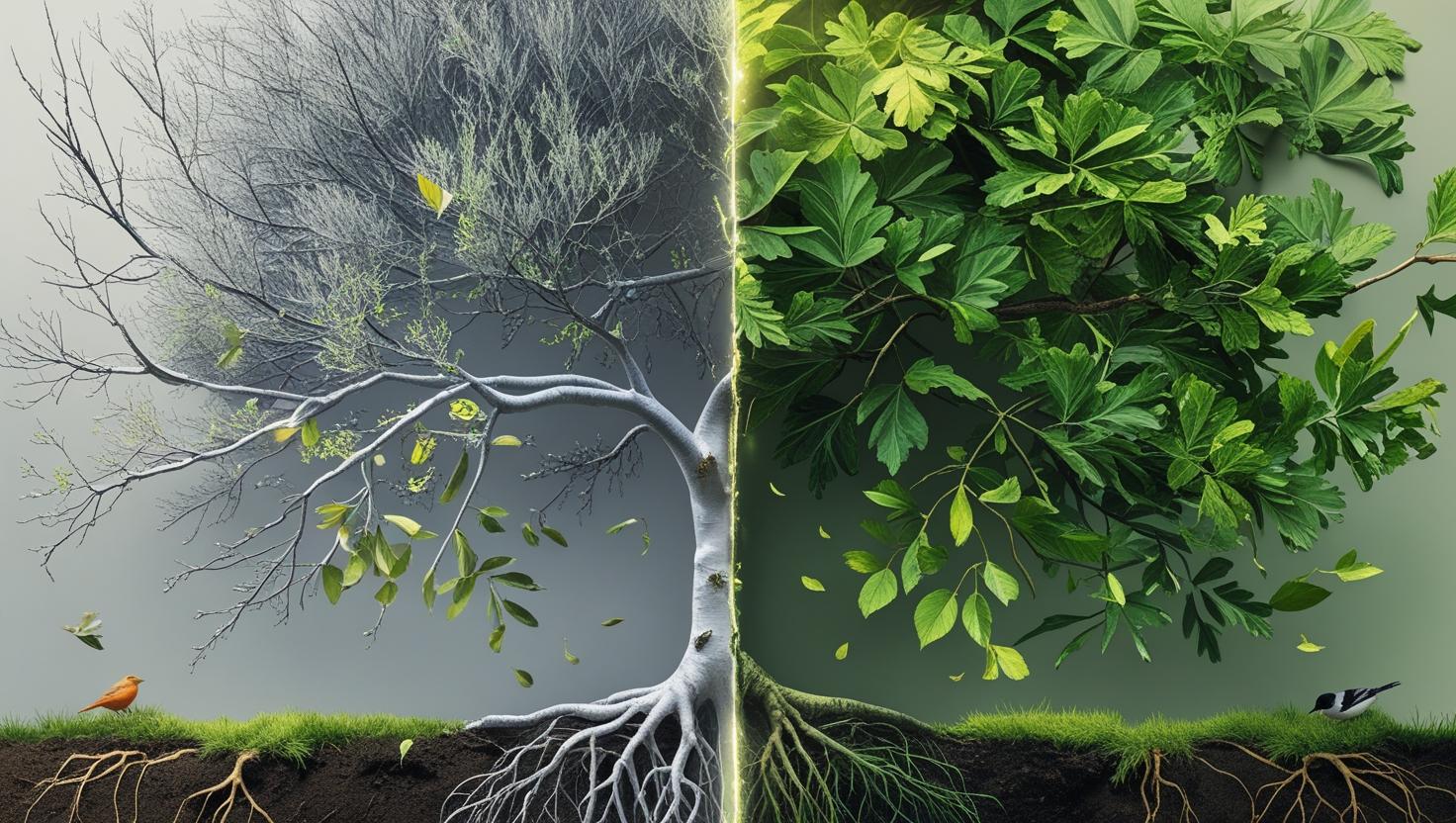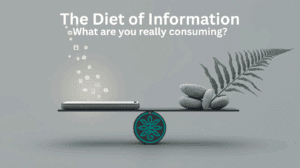When you’re breaking free from limiting beliefs, difficult emotions don’t just show up – they crash the party uninvited.
Guilt whispers that you’re betraying your roots.
Anger burns through you as you realize how much time you’ve lost.
Shame convinces you that something is fundamentally wrong with you for believing these things in the first place.
Most personal development advice tells you to “think positive” and push through these feelings. But what if these uncomfortable emotions aren’t obstacles to overcome – what if they’re doorways to authentic transformation?
Here are five powerful techniques to work with guilt, anger, and shame in ways that heal rather than harm, transforming your most difficult emotions into catalysts for genuine change.
1. The Body Wisdom Mapping Practice
Your emotions have physical signatures that contain important information. Learning to read these signals helps you process feelings more completely and prevents them from getting stuck in your system.
Create your emotion-body map:
- Guilt locations: Often shows up as heaviness in the chest, tight shoulders, or a sinking feeling in the stomach
- Anger locations: Typically appears as heat in the face, clenched jaw, tight fists, or tension in the neck
- Shame locations: Usually manifests as a desire to shrink, hunched posture, or feeling of wanting to disappear
Processing technique:
- When you notice an emotion, immediately scan your body
- Locate where you feel it physically
- Breathe into that area for 5-10 breaths
- Gently massage or place your hands on that location
- Ask the sensation: “What do you need me to know?”
- Listen for the message without judgment
2. The Values Excavation Exercise
Often, difficult emotions during disconnection are protecting important values that got tangled up with limiting beliefs. This exercise helps you separate the baby from the bathwater.
For Guilt:
- Write down what you feel guilty about
- Ask: “What value is this guilt protecting?”
- Examples: Guilt about rejecting family beliefs might be protecting values of respect, loyalty, or connection
- Find new ways to honor the value without maintaining the limiting belief
For Anger:
- Identify what you’re angry about
- Ask: “What boundary was crossed?” or “What do I need that I haven’t been getting?”
- Use this information to establish healthier boundaries going forward
For Shame:
- Notice shame-based thoughts (“I’m bad,” “Something’s wrong with me”)
- Ask: “What part of me needs compassion right now?”
- Offer yourself the same kindness you’d give a good friend in the same situation
3. The Emotional Containment Ritual
When emotions feel overwhelming, containment creates safety and manageability without suppression.
Daily containment practice:
- Set a time boundary: Dedicate 15-30 minutes daily to feeling difficult emotions
- Create physical boundaries: Use a specific chair, room, or even a blanket to designate your “feeling space”
- Use a timer: When time is up, consciously transition out of the emotional processing
- Practice closure: End with a statement like “I acknowledge these feelings and will return to them tomorrow.”
- Engage in grounding: Do something physical like washing your hands, taking three deep breaths, or stepping outside
This prevents emotions from taking over your entire day while ensuring they get the attention they need.
4. The Compassionate Reframe Technique
This method transforms the inner critic that often accompanies shame into a compassionate inner mentor.
Traditional shame voice: “How could I have believed this for so long? I’m so stupid.”
Compassionate reframe: “I believed this because it made sense given my experiences and the information I had at the time. Now I have new information, and I’m choosing to grow.”
Practice steps:
- Notice self-critical thoughts
- Pause and take a breath
- Ask: “How would I speak to a beloved friend in this situation?”
- Reframe the critical thought with the same kindness
- Add a growth-oriented statement: “And now I’m learning…”
5. The Transformation Ritual Practice
Create meaningful ceremonies that honor both what you’re releasing and what you’re embracing.
Simple release ritual:
- Write your limiting belief on paper
- Hold the paper and acknowledge how this belief may have served or protected you
- Express gratitude for any lessons learned
- Safely burn or bury the paper
- Plant something new or write a new empowering belief
Integration ceremony:
- Create a visual representation of your old self and new self
- Use photos, drawings, or symbols
- Spend time honoring your past self’s journey
- Make a conscious choice to step into your new identity
- Keep a symbol of this transition visible as a reminder
Weekly check-in ritual:
- Every week, light a candle and spend 10 minutes reflecting
- Ask: “What emotions came up this week around my growth?”
- Thank each emotion for its message
- Set an intention for how you want to work with these feelings in the coming week
The Science Behind Emotional Transformation
Research in neuroscience shows that avoiding difficult emotions actually strengthens the neural pathways associated with them. When we practice mindful attention to emotions without trying to change them, we literally rewire our brains for greater emotional resilience and authentic self-expression.
Dr. Dan Siegel’s research on “name it to tame it” demonstrates that simply identifying and labeling emotions reduces their intensity and increases our capacity to respond rather than react.
Moving Forward: Integration Over Elimination
Remember, the goal isn’t to eliminate guilt, anger, and shame – it’s to transform your relationship with them. These emotions carry important information about your values, boundaries, and needs. When processed consciously, they become powerful allies in your journey toward authentic living.
As you practice these techniques, be patient with yourself. Emotional transformation is rarely linear. You might cycle through these feelings multiple times, and that’s not only normal – it’s necessary for deep, lasting change.
The most profound transformations happen not when we bypass difficult emotions, but when we learn to dance with them, allowing them to teach us, heal us, and ultimately free us to become who we’re truly meant to be.
Your emotions aren’t obstacles to your growth – they’re the very pathway through which authentic transformation occurs. Trust the process, be gentle with yourself, and remember that on the other side of fully feeling is genuine freedom.








